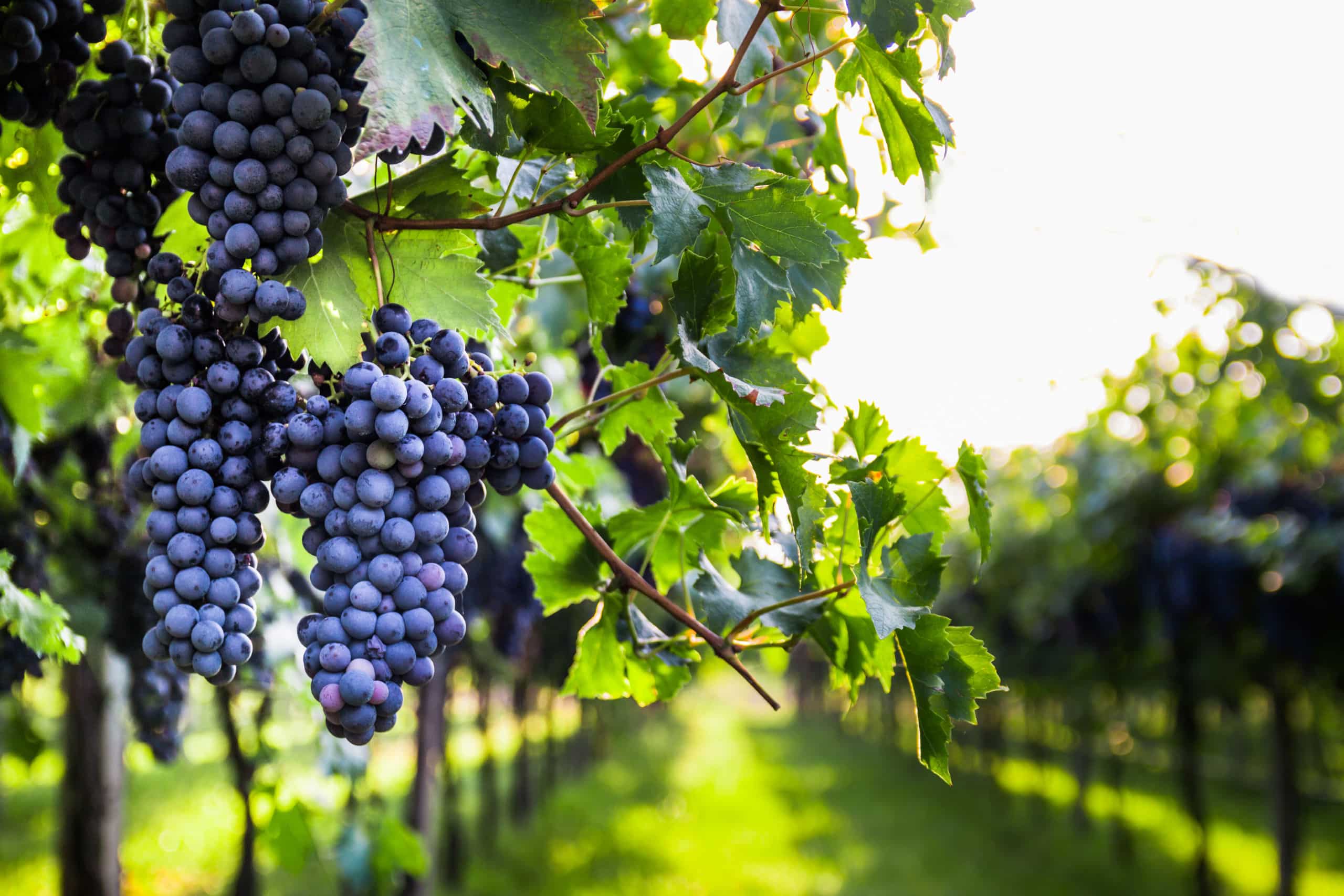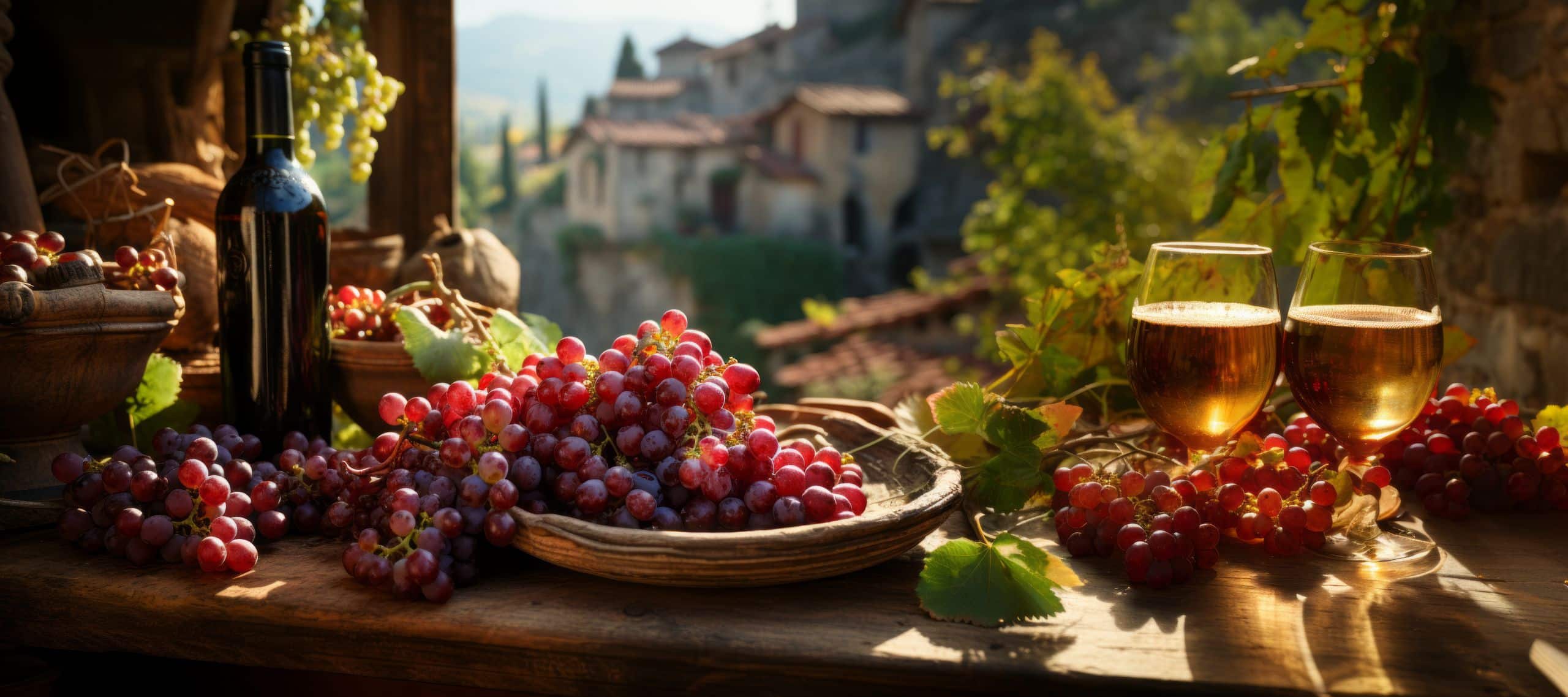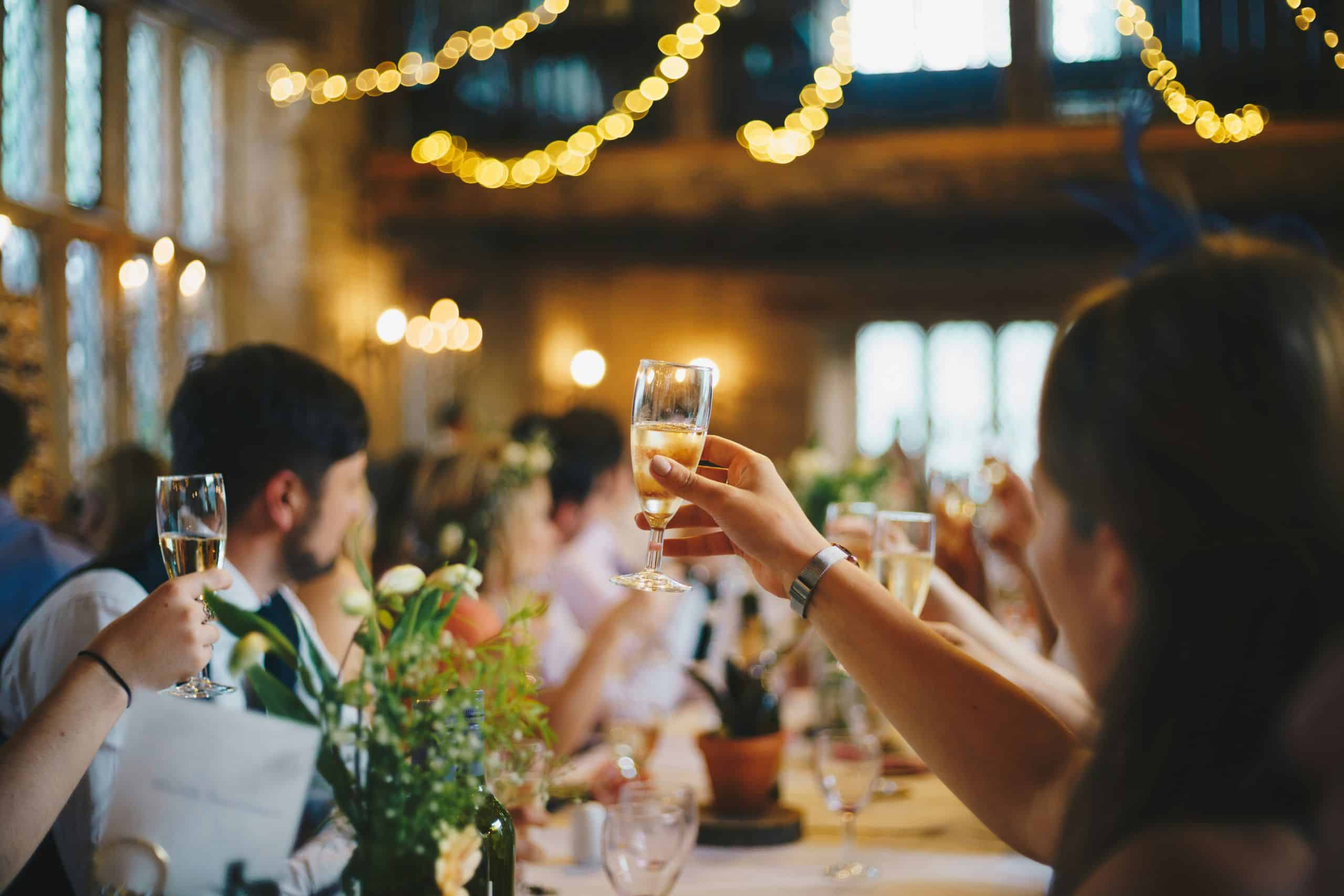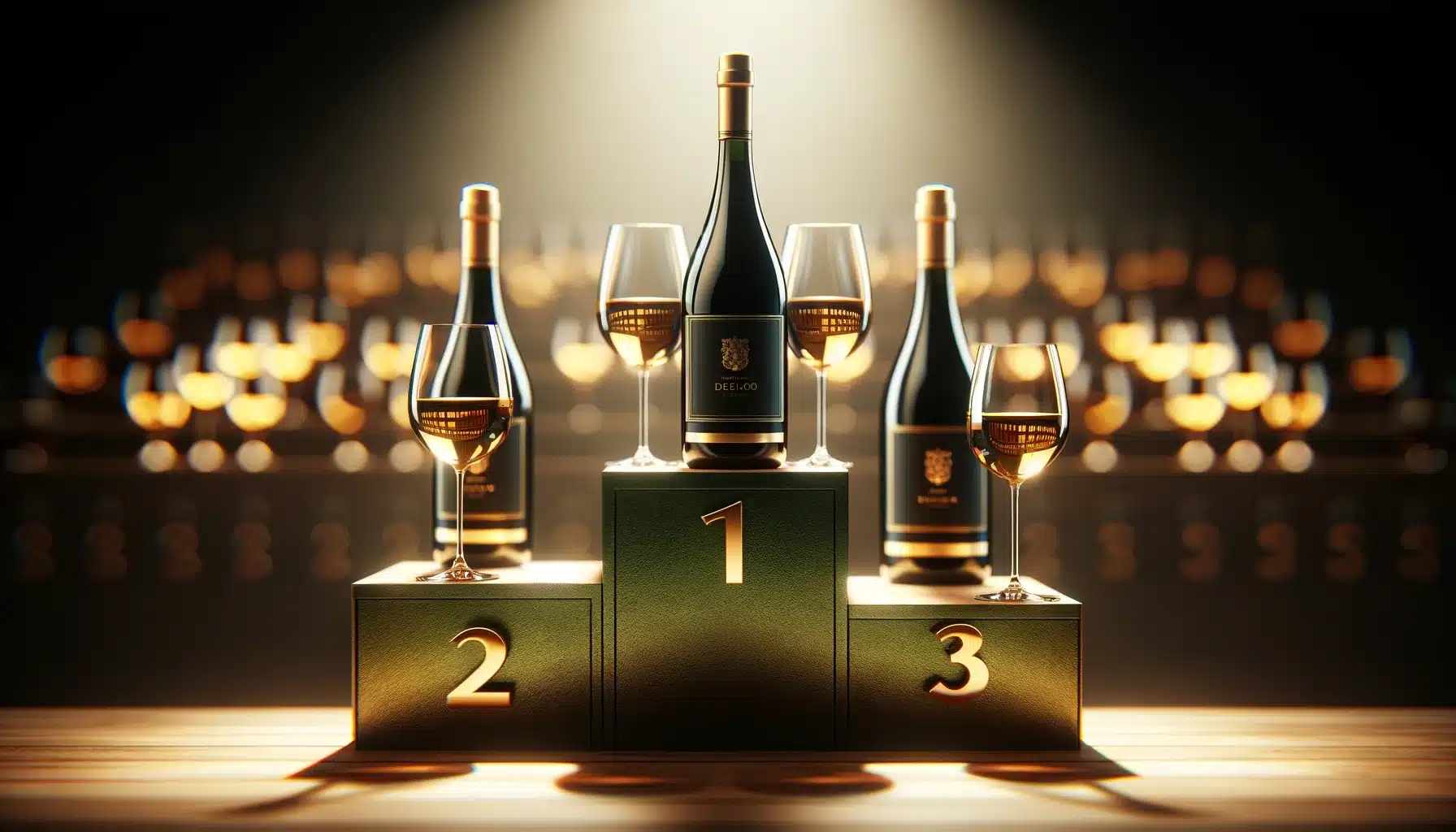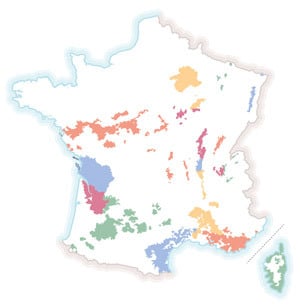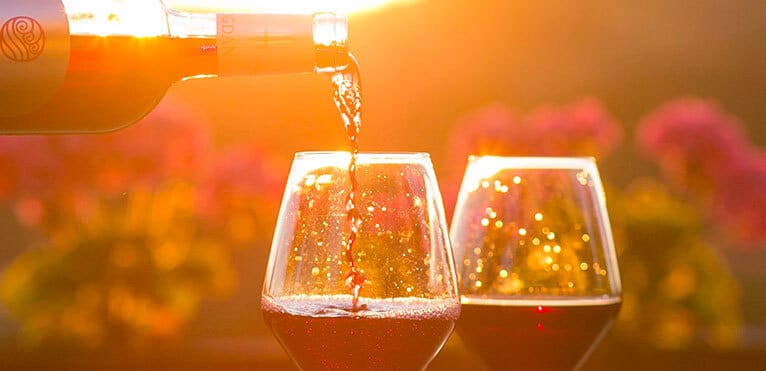
Contents
This weekend, you invite a couple of friends to dinner. You’ve prepared the dishes and bought a few bottles of wine in advance to go with them. However, as this is an important occasion, you don’t want to make any faux-pas. You’ve got to impress your friends! And what better way to do this than to serve your wine properly?
Don’t worry, here’s our guide to 10 tips for serving wine well:
1. Serve at the right temperature
Depending on the type of wine you’re serving, make sure you choose the right temperature, as this is crucial to its enjoyment. Indeed, a wine that is too cold freezes and does not reveal all its aromas. Conversely, a wine served too warm gives the impression of being too alcoholic. Champagne should be served at a cool but not icy temperature, around 9°. A dry white wine is best served at around 11°-12°, while a red wine is best served at around 15°-16°. The lighter the wine, the fresher it can be served.
2. Choosing the right wine glass
The importance of the glass in the appreciation of a wine is often overlooked. The shape of the glass, its size and even its material are all elements that need to be customized to suit the wine being tasted. First brought to prominence in the 1980s by Austrian glassmaker George Riedel (from whom we take our famous Riedel glasses), the creation of specific collections for each type of wine is now increasingly widespread.
3. Which wine to decant?
Old wines, whose juice may have been corrupted by impurities, should generally be decanted. Here, the wine is poured into a decanter and left to rest, allowing the lees to settle in the base of the decanter. So, provided the wine’s tannins are strong enough to prevent it from losing its taste when exposed to oxygen, resting an old wine for a few hours before serving allows it to be “filtered” and only the nectar to be served.
4. Which wine to decant?
In a different vein, another type of wine can be decanted. When a wine is young, its more aggressive tannins come out very strongly, leaving no room for the more distinguished aromas. With the exception of wines whose tannins are too weak and which therefore risk losing their taste, young wines should be decanted to oxygenate them and allow them to release their full potential. This allows more hidden aromas to express themselves, while at the same time reducing the wine’s aggressiveness.
5. Ensure order of wine service
Traditionally, white wines are served before reds, and young wines before old. However, this service order needs to be put into perspective. In fact, cheeses go perfectly with white wines, thanks to their acidity and low tannin content. Also, a wine with explosive, dense fruitiness will be poorly matched by a wine that may be older, but is soft and subtle. In short, it’s best to serve wines according to their strength: fresh wines to start the meal, more powerful wines for the main course and sweet wines for dessert.
6. Wine and meat pairings
Meat generally goes well with red wine. Game pairs perfectly with wines from the southern Rhône Valley, while lamb will find supple tannins in a Pauillac aged a few years that will marry perfectly with its flesh, and a fine piece of beef is best accompanied by a fine Syrah. However, with other meats such as poultry, a pairing with white Burgundy wines is highly desirable. On the other hand, structured white wines with a little too much maturity are too powerful for fish, and need flesh like that of white meats or veal to flourish.
7. Food and wine pairings with fish
If the previous rule can be broken, so can the one advocating the white wine/fish pairing. For example, tuna and certain firm-fleshed fish such as monkfish go perfectly with supple, full-bodied red wines. Wines from the Loire Valley, Beaujolais or the Rhône are ideal. A steamed pollock is a perfect match for a 2011 Soula, a Côtes Catalanes wine. However, for shellfish products, white wine is generally preferred: lobster goes perfectly with a Château d’Yquem…
8. Wine with cheese
Have you heard since you were young that a good piece of Camembert is best enjoyed with a fine bottle of Bordeaux? What is French romanticism to many Americans? Well, that’s not true at all. A red wine contains far too much tannin to match the acidity of the cheese. Great matches are often made between white wine and cheese, and even more so between wines and cheeses from the same region whenever possible. Examples include the perfect marriage of a Gewurtz and a Munster, an Arbois and a Comté, or a Sauternes and a Fourme d’Ambert.
9. Wine with dessert
We have three types of wine to match desserts. First, the sweet wines of Bordeaux, Loire or Alsace, which sublimate preparations based on yellow and white fruits. On the other hand, fruity wines like port can accompany chocolate, praline or mocha-based desserts. Finally, rosé champagnes or sparkling fruity wines are perfect partners for red fruit desserts; or can be offered as demi-sec to accompany desserts such as pear and almond sponge cake.
10. A few clever tricks
From now on, we won’t be talking about service, but reception. How to deal with wine at the table If you’d like us to reserve some wine for you, simply finish your glass and wait for us to come to you. If you’ve had enough, leave your glass full and no one will refill it. Don’t put your hand on your glass to refuse wine. If you’re a man and one of your neighbor’s glasses is empty, offer to refill it – she shouldn’t have to refill her own.
© Photo: photo nic / Unsplash
